VIEW BY CATEGORY:
Hi, we're Hunter and Sarah, a husband-and-wife, luxury wedding photography team. We’re also educators, helping other photographers build profitable and sustainable photography businesses.
MEET US
LOOKING FOR SOMETHING?
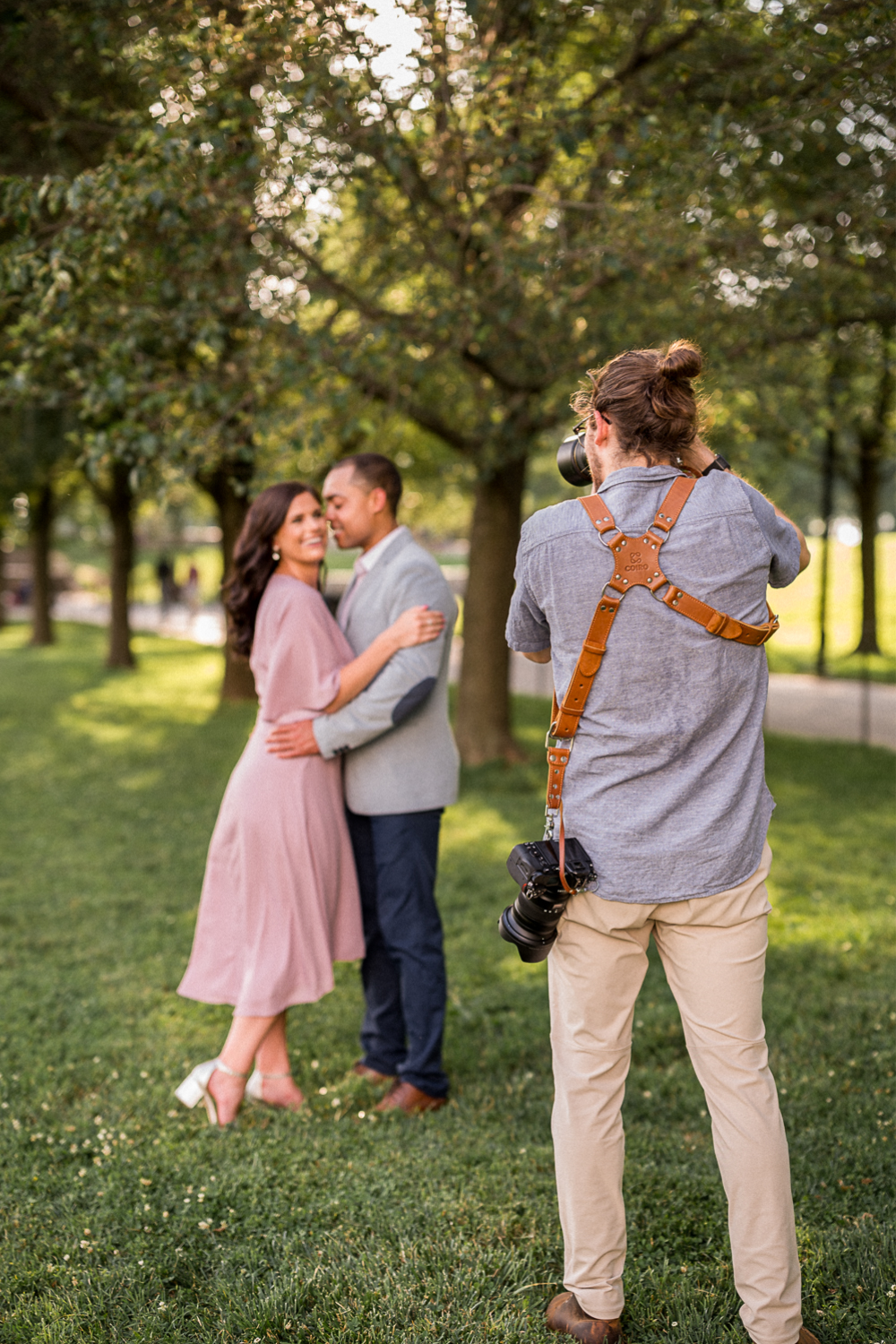
5 Reasons Why you SHOULDN’T Give Your Clients Photo Counts (In-Person Sales/IPS vs. Shoot-and-Share)
October 6, 2022
—
5 Reasons Why you SHOULDN’T Give Your Clients Photo Counts (In-Person Sales/IPS vs. Shoot-and-Share)
If you’re still giving your clients a number of photos that you’ll deliver at each session or each hour of coverage on a wedding day, or are sending watermarked galleries so you can upsell digital files or prints, then you need to STOP what you’re doing, and check out this blog/video right away! Today we’re breaking down the two main ways that successful wedding and portrait photographers run their photography businesses, and why we think that — for most photographers — one is waaay better than the other.
We’re going to briefly introduce you to the two different ways of running a photography business, often called “In-Person Sales” and “Shoot-and-Share”. But the bulk of this video is going to be about why we think that — in most cases — photography businesses are better served by the “Shoot-and-Share” model, where you’re selling your coverage time and delivering all the good images, rather than selling a certain number of images. So let’s dive in!
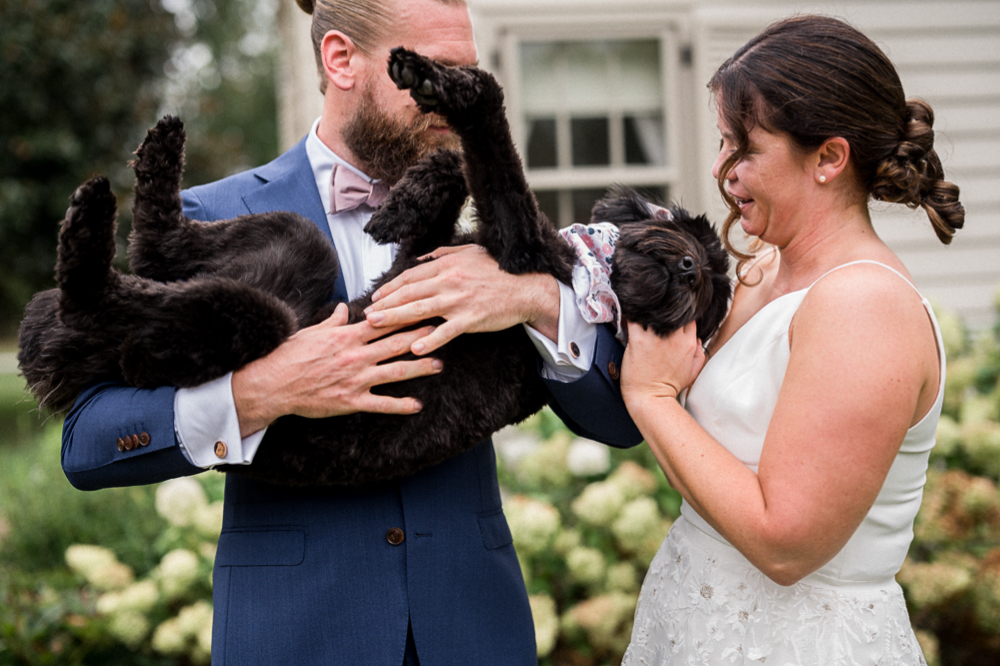
Introduction to “In-Person Sales” (IPS) Photography Businesses
The first business model we’ll discuss is often referred to as “In-Person Sales” or IPS (even when you aren’t actually meeting with clients in person anymore). It’s where you show your clients a large gallery of images — maybe lightly edited, maybe totally unedited — that are heavily watermarked. These images aren’t theirs to keep, but just to review. Then, they choose a small selection of these images, which you then edit more extensively, and deliver digitally or in print form, or maybe both.
This business model actually stems from the days of film photography, where delivering every image you took at a wedding or on a portrait session just was prohibitively expensive for most photographers and clients. So you’d print off what’s called a contact sheet or small proof prints for clients to review, then only after your clients chose their favorites, would you go through the painfully slow and labor-intensive process of turning every single negatives into larger-format prints *showing negatives and prints*, which would either end up in their wedding album or framed for your clients.

Although film photography is still alive and well for both portrait and wedding photographers, the days of contact sheets and low-quality proof prints — thankfully — are in the past!
Now, the advantage of IPS is obvious at first, which is why even in the days of digital, many new photographers opt for this method. It’s the up-sells! You can sell a session for $100 that includes 5 images, and end up selling 20 or 50 additional images and make 10X what you charged up front! But of course, that’s IF you have a really solid understanding of how to price yourself and your work, and how to sell on the back-end.
And that’s a REALLY important IF. While this process can be much less work from the photographer’s perspective and save you time on editing, if you’re not a strong salesperson, or don’t know how to bring your clients on a purchasing journey, you could end up doing a LOT of sessions for a low fee without ANY sales on the back-end, resulting in clients who get a “meh” experience because they only got a few photos, and leaves you feeling discouraged and disappointed for missing sale after sale and doing sessions for so cheap.
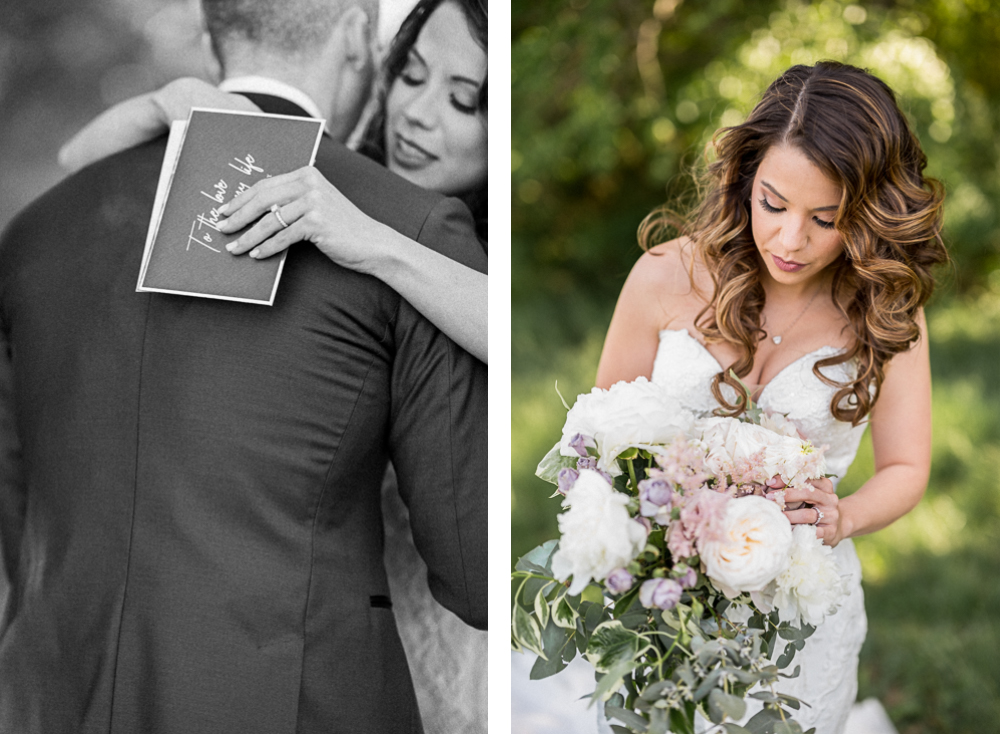
Introduction to “Shoot-and-Share” (SnS) Photography Businesses
In contrast to this IPS model, is what a lot of people call “Shoot and share”. Your clients pay a single price, up front, then you capture the session or wedding day, retouch all the deliverable images, send them to your clients via an online gallery, and that’s it! While your clients can still order prints or albums through you, because they have the digital files, they aren’t “locked in” to buying from you, like they would be if you were running the IPS model. But at the same time, you as the photographer can look at prints and albums as more of a nice bonus, as opposed to a necessary part of staying afloat. Because you charge what you need 100% up front, you don’t live and die on the success of your sales meeting or sales processes like you do with an IPS model.
Now, it’s no secret that Sarah and I run our business using this model, not the IPS model. Like SO many photographers we meet, when we first got started, we listened to those who were older and had been around in the industry for decades — all of whom had brought their IPS business models from the days of film into their digital photography businesses. But it didn’t take long for us to realize that we hated running our business this way, and our clients didn’t really appreciate it much either.
So the rest of this post is going to be all about why we run a Shoot-and-Share wedding photography business, and why we think it is the best option for most photographers, especially if you also want to run a multi-six-figure wedding photography business.
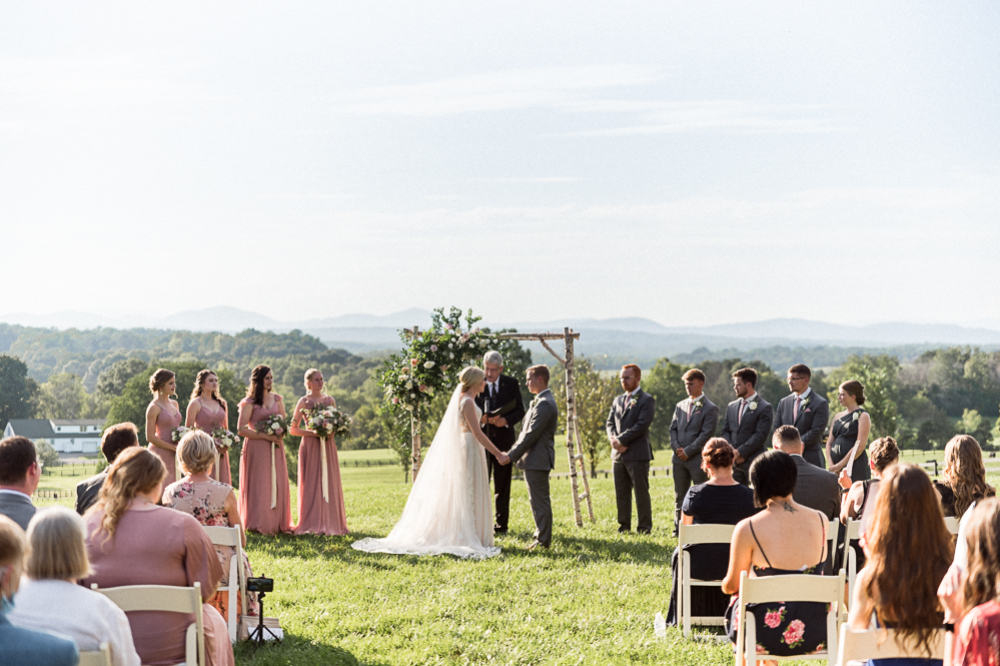
Reason #1: Clients want full online galleries, not small samples
First and foremost, we’ve run our business this way because our clients have always seemed to want this. Year after year, full online galleries of retouched images have been one of the main things that our clients are looking for. Even if we, as photographers, know they’ll probably only ever fall in love with and print or set as their phone background a fraction of the images, all of our wedding clients the past 7 years have still wanted the full gallery.
This is especially true for wedding photography, as candid photos throughout the day and dancing photos from the reception are important to many of our clients. This is why we’ve never had photo limits of any kind, and only if people ask, we give them a super broad range, like 50-125 images per hour of coverage. This was true when we were charging $1,000 per wedding, and is true for our $10,000 multi-day wedding clients. They just love the idea of a single, straight-forward, up-front price, and having access to all the good images afterwards!
Of course, we aren’t saying that every client in the world wants a full online gallery, and it’s probably less important for some portrait photographers, as some clients genuinely do just want one or two images for the Christmas card or to hang over the fireplace. But when it comes to weddings, couples — and especially high-end couples — want full online galleries.
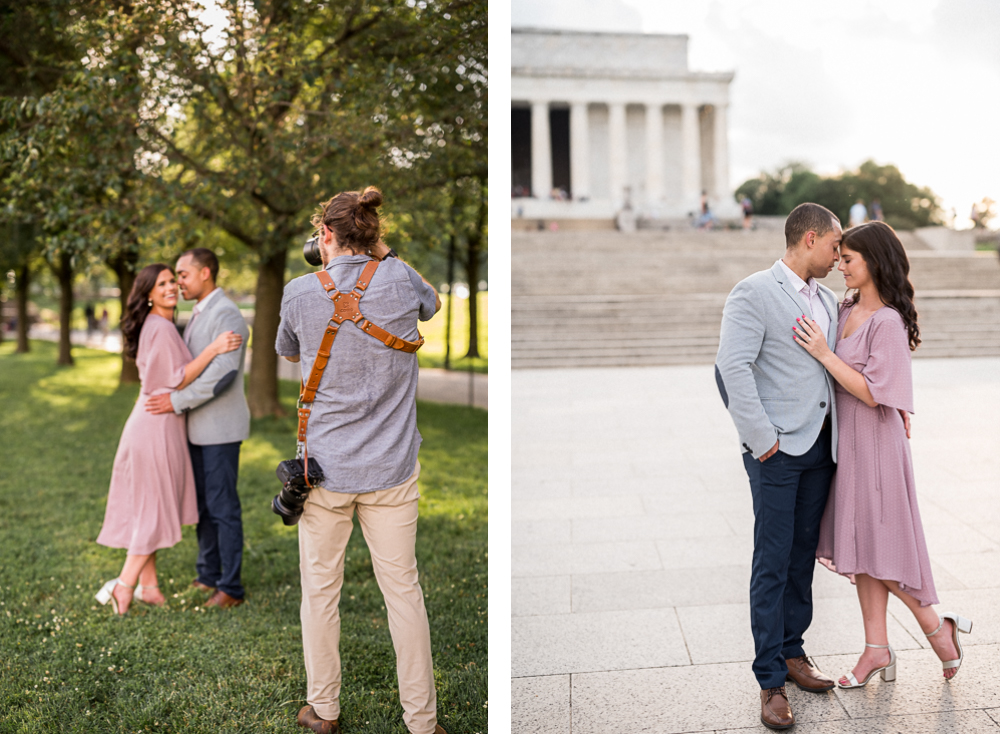
Reason #2: Less work for your clients = a better client experience
The second reason that we think that Shoot-and-Share beats IPS, is that it’s just less work for your clients. And that’s good for a handful of reasons. For starters, when you send a full, un-culled or even a lightly-culled gallery of images, and ask your clients to choose their favorites, you’re essentially asking them to cull their own wedding or portrait gallery. And as you may already know, that can take hours and hours of work.
And on top of that, they’re either doing this during an actual sales meeting — which you have to email back and forth to schedule with them, and then all of you need to find time on your schedules to do the meeting — or they go through some sort of online process where they make the selections and you make the sale. Either way, at least some part of this sales process requires additional time and effort from them. And any time you ask someone to do something for you, you’re increasing the likelihood that they just… never get around to it.

We know from experience that any time you ask your clients to do something — whether it’s selecting their favorite images or filling out a questionnaire ahead of their session — some small percentage will do it right away without needing to be reminded, some small percentage will just never get around to it, and the vast majority will eventually do it, but will need multiple follow-ups and reminders to get there. So not only does this add more work for you, but from your clients’ perspective, it also takes more time and complicates the entire process, when compared to just getting a full edited gallery a few weeks or months after the shoot or wedding. Not to mention that small percentage who will never get around to choosing favorites, and therefore you can’t make an upsell with them!
And another way that IPS can diminish your clients experience, and therefore lead to negative online reviews or fewer recommendations to friends, is what we call the “bait and switch” problem. If IPS photographers aren’t SUPER, incredibly, abundantly clear about how the process works, their clients might think that they paid everything up-front, only to be PISSED when they find out that they paid for the session, but have to pay separately for the images. Or maybe they think they’re getting a full gallery, and when only 5 photos show up and the rest are $5 or $50 each, they feel like they’re being extorted. But of course, this is really only a problem if an IPS photographer isn’t clear and up-front with their pricing structure.
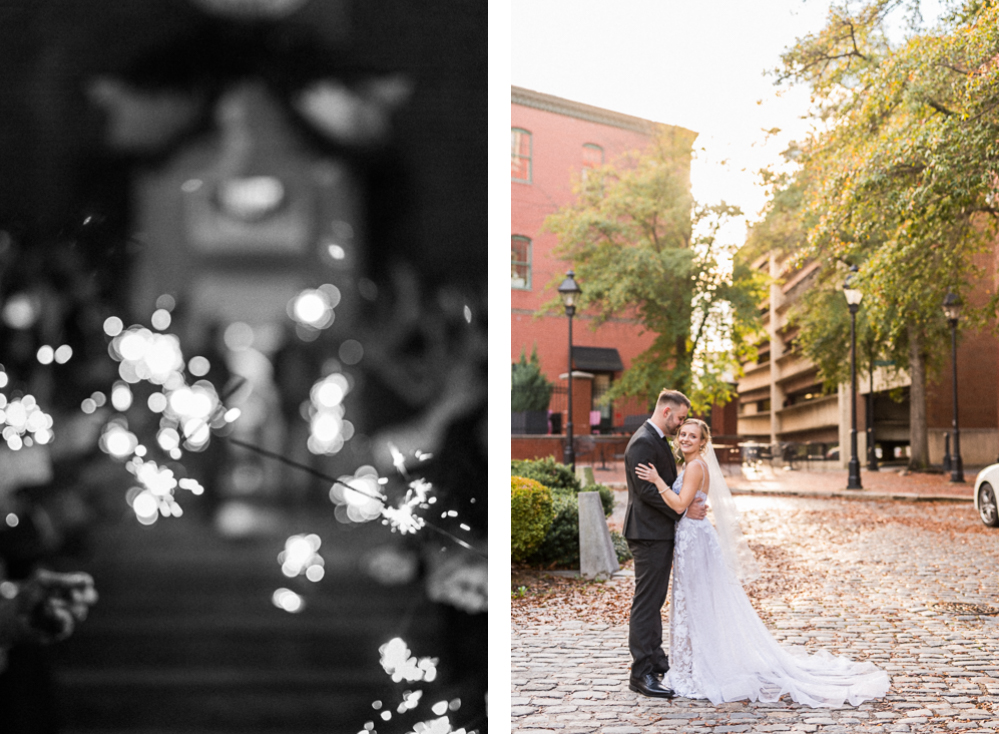
Reason #3: Make all your money up-front
The third reason we prefer the shoot-and-share model is because, since your clients know exactly how much they’ll pay for the full gallery, they’re willing to spend more up front. For the vast majority of people, if what you’ll pay later on down the road is uncertain, you’ll pay less up front to be safe. For example, if your clients don’t know if they’ll be spending $100 or $1,000 after the session, they aren’t going to be willing to pay as much the session fee as they mentally prepare for up-sells on the back-end. That drives session fees down further, putting more and more pressure on the sales meeting or process.
On the other hand, if your clients are confident that they’re getting everything they need up front, they may be willing to really stretch their budget on the front-end to get the perfect photographer. And of course, you still can upsell prints and albums if you use shoot-and-share, but there isn’t nearly as much pressure to make the sale since you AND your clients are happy with the up-front sale and what’s included. For reference, we still made about $11,000 in print and album sales last year. Which was certainly a nice bonus, but it accounted for less than 5% of our total sales.
What sounds better to you, making a $1,000 sale up front, with a very small chance of up-sells, or making a $300 sale up-front, with back-end up-sells that could be anywhere from $100 to $1,500, and the pressure is on YOU to make that sale? The answer to that question probably has a lot to do with how much you like sales, and how good at it you think you are.

Reason #4: Produce more consistent imagery
The fourth reason we think that shoot-and-share is better than IPS doesn’t actually have anything to do with sales, but with your editing process. Most IPS photographers that we know edit their images in Photoshop, while most shoot-and-share photographers we know edit in Lightroom. If you saw our Lightroom vs Photoshop post, you know why this makes sense. Photoshop is great for really in-depth edits for a small number of images, making it perfect for IPS photographers. On the other hand, Lightroom is essential for lightly-editing large quantities of photos.
The thing is, batch editing with Lightroom makes consistently editing your images way easier than editing one-by-one with Photoshop, even though you’re editing more photos with Lightroom. This actually leads us to the biggest downside of shoot-and-share, which is all the extra editing. Obviously, if you’re delivering 50 or 100 or 200 images for a portrait session and hundreds or even 1,000+ images for a wedding day, that’s way more editing than a small selection of just a few images per hour of coverage.
But honestly, we don’t mind it, because batch editing in Lightroom makes this whole process SO easy. If you’re currently editing images one-by-one in Photoshop or aren’t familiar with Lightroom at all, we have an entire video series ALL about our post-production process, which includes backup, culling, blogging, editing, and delivering our clients’ wedding galleries.
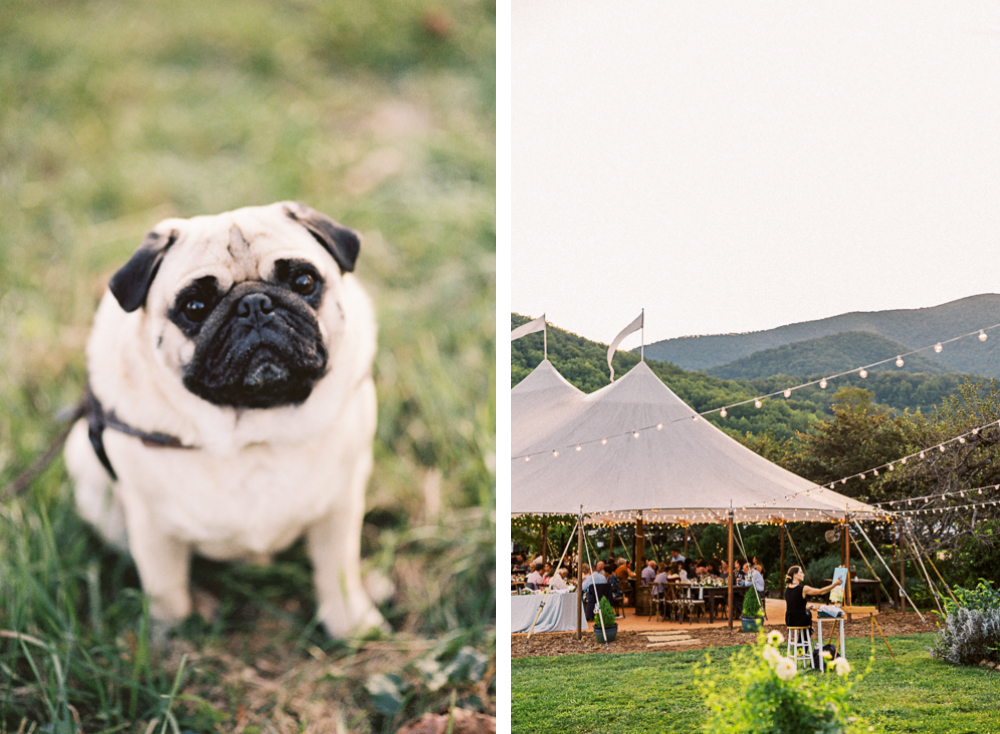
Reason #5: Photo counts are limiting
But, maybe you’re reading this blog and you’re thinking, “Hunter and Sarah, you don’t have to keep convincing me! I already run a photography business with shoot-and-share model. So photo counts are okay for me, right?” Well… not so fast. Even if you run your business with the shoot-and-share model, we still don’t think you should give photo counts or list image counts on your website. Think about what happens if your clients show up late, or if it’s raining and the whole session is moving more slowly, or their kids or dogs aren’t cooperating, or even if you just have an off day? You could end up being forced to deliver bad images, just to meet the minimum number you promised.
And on the flip side of that, if everything goes right and you just knock the session out of the park, you could end up withholding high-quality images from your clients, just because it exceeds the arbitrary number of photos you promised per hour or per session. At the end of the day, there’s only one reason to give a photo-count, and that’s to limit the number of images that your clients have access to, in order to make up-sells after the session. So if you don’t want to run the IPS business model, then get rid of photo counts altogether. Instead, sell your TIME!
Maybe your portrait sessions are 20-30 minute or maybe they’re 75-90 minutes. And you can sell your wedding days based on hours of coverage. But, no matter what you shoot, your clients will get all the good images, once you remove the blinkers, the blurry images, the duplicates, and the unflattering ones. The rest are theirs to keep! No photo counts necessary.
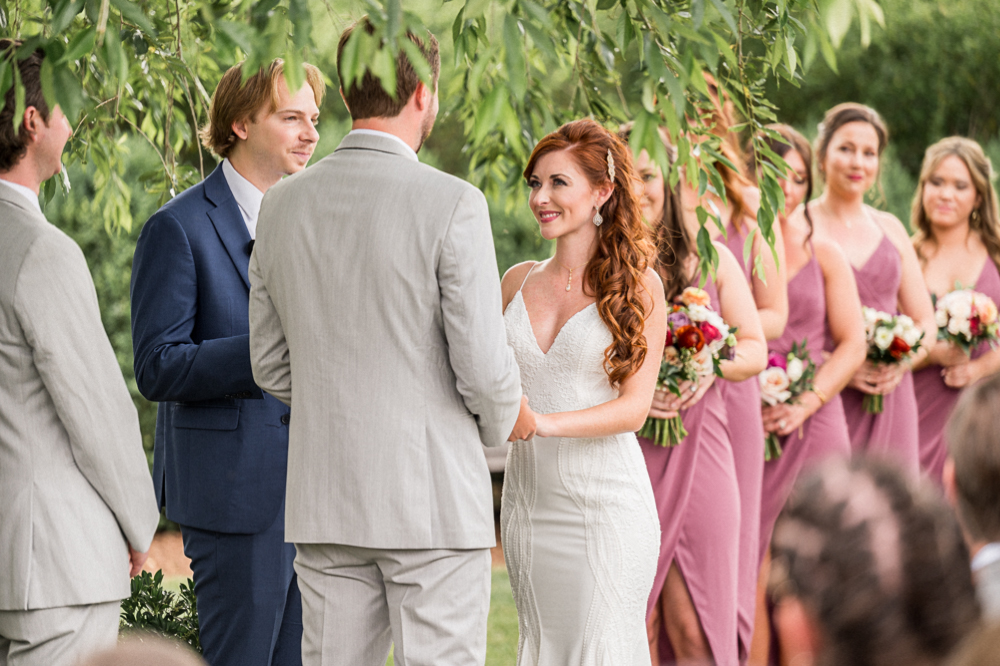
Conclusion: In Person Sales vs. Shoot and Share
So, at the end of the day, there truly is no one-size-fits-all business model for every photographer. And what works for a wedding photographer in Charlottesville, VA may not be the best fit for a newborn photographer in Minneapolis or a family photographer in London. And we know that there are incredibly successful photographers on both sides of this argument!
But these business models are fundamentally different, and play to different strengths and weaknesses as business-owners and photographers. So make sure that you think really hard about how you’re currently running your business, and if what you’re doing now is working right for you!
Want More?
Click HERE to get your free copy of our eBook: “5 Essential Tips for Turning your Side-Hustle into a Full-Time Photography Business.” You’ll also be subscribed to our newsletter, so our newest content, weekly encouragement, and exclusive offers will be delivered right to your inbox!
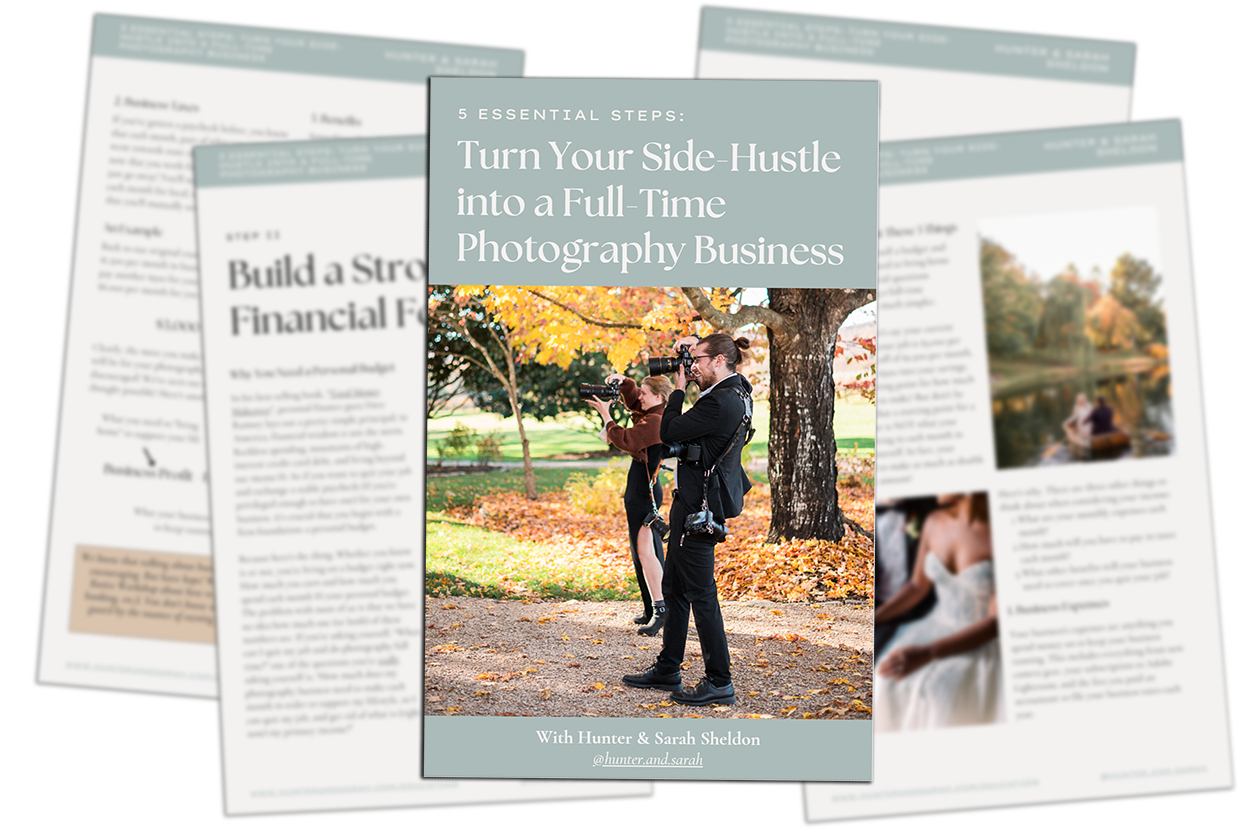
Filed in:
Wedding Photography & Photography Education
Charlottesville, Virginia and Beyond
HOME
ABOUT US
WEDDINGS
JOURNAL
FOR PHOTOGRAPHERS
PRESS & PRAISE
BLOG
CONTACT
e. hunter@hunterandsarahphotography.com
p. (434) 260-0902
